____________
The Museum of American Political Life (West Hartford, CT)
“Unfortunately, in the years before the Museum of American Political Life closed, it had few visitors. “The people who knew and loved the museum were not coming in droves; school kids weren’t coming; the university community wasn’t coming. It was hard to justify.”
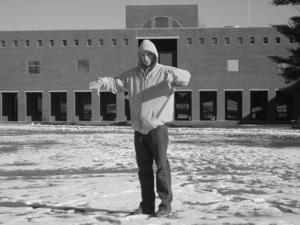
______________
National Lighter Museum (Guthrie, OK)
The National Lighter Museum in Guthrie, Oklahoma had nearly 20,000 pieces, representing over 85,000 years of lighters and fire starters.
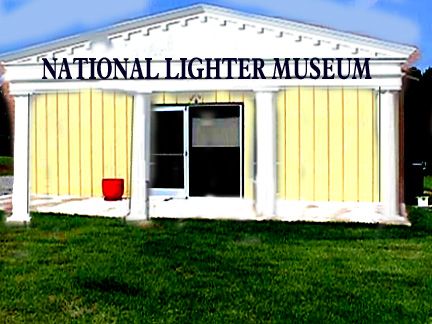
_______________
Grand Guitar Museum (Bristol, TN)
It’s not a museum any more that museum has been closed for 10 years. It is a radio station now. It looks pretty scary. I don’t think it’s in use anymore. Watch out for sink holes in the parking lot!
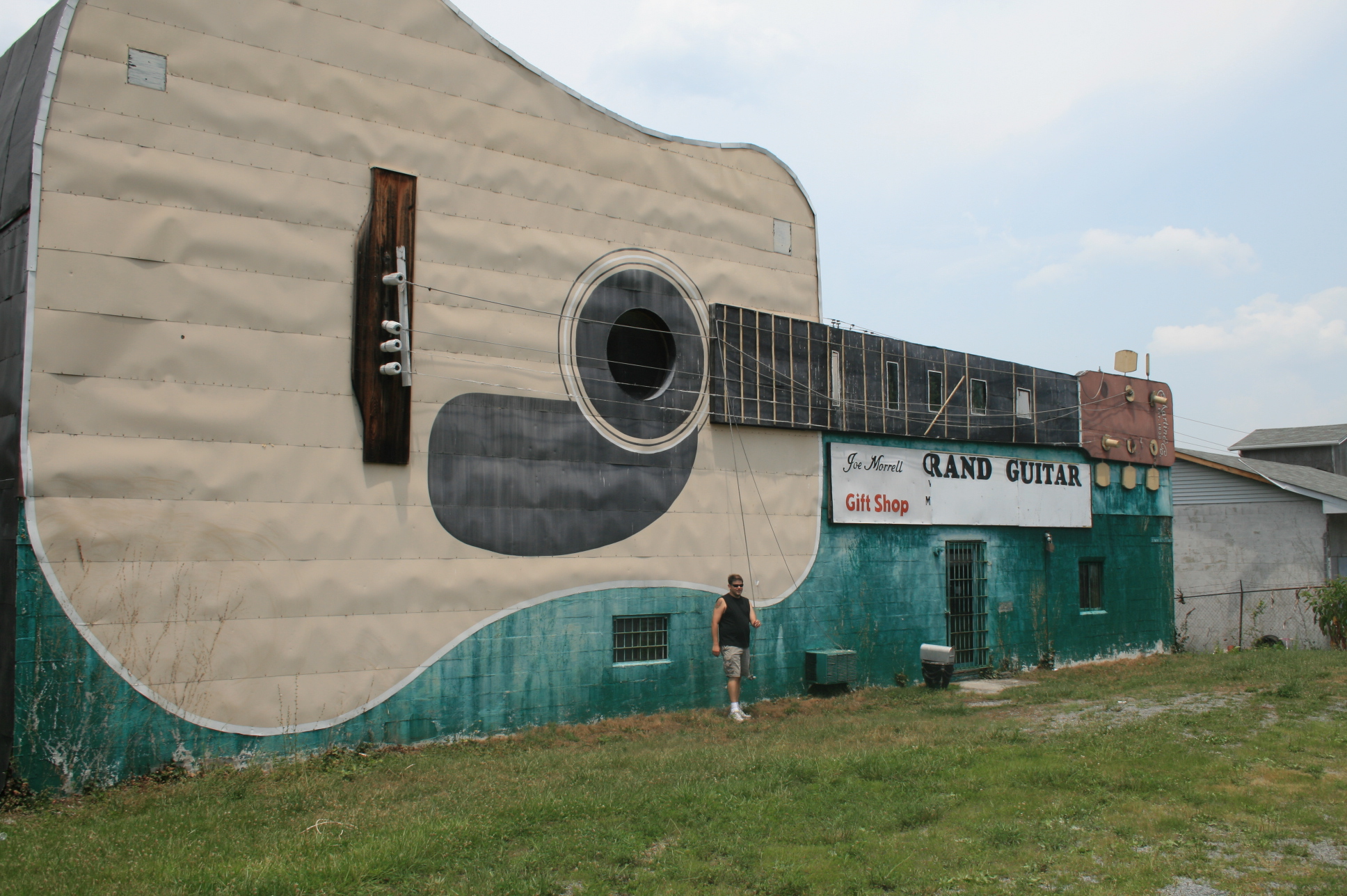
_____________
Guggenheim Museum SoHo (NYC)
The Guggenheim Museum SoHo was a branch of the Guggenheim Museum designed by Arata Isozaki that was located at the corner of Broadway and Prince Street in Manhattan’s SoHo neighborhood, New York City. The museum opened in 1992. Initial attendance was forecast to be 250,000 visitors a year, but the museum drew between 125,000 and 200,000 its first year, and attendance did not increase in subsequent years. The museum restructured in 1999 to shrink its exhibition space from 27,000 to 20,000 square feet to reduce the museum’s operating costs. The museum closed permanently in 2002.
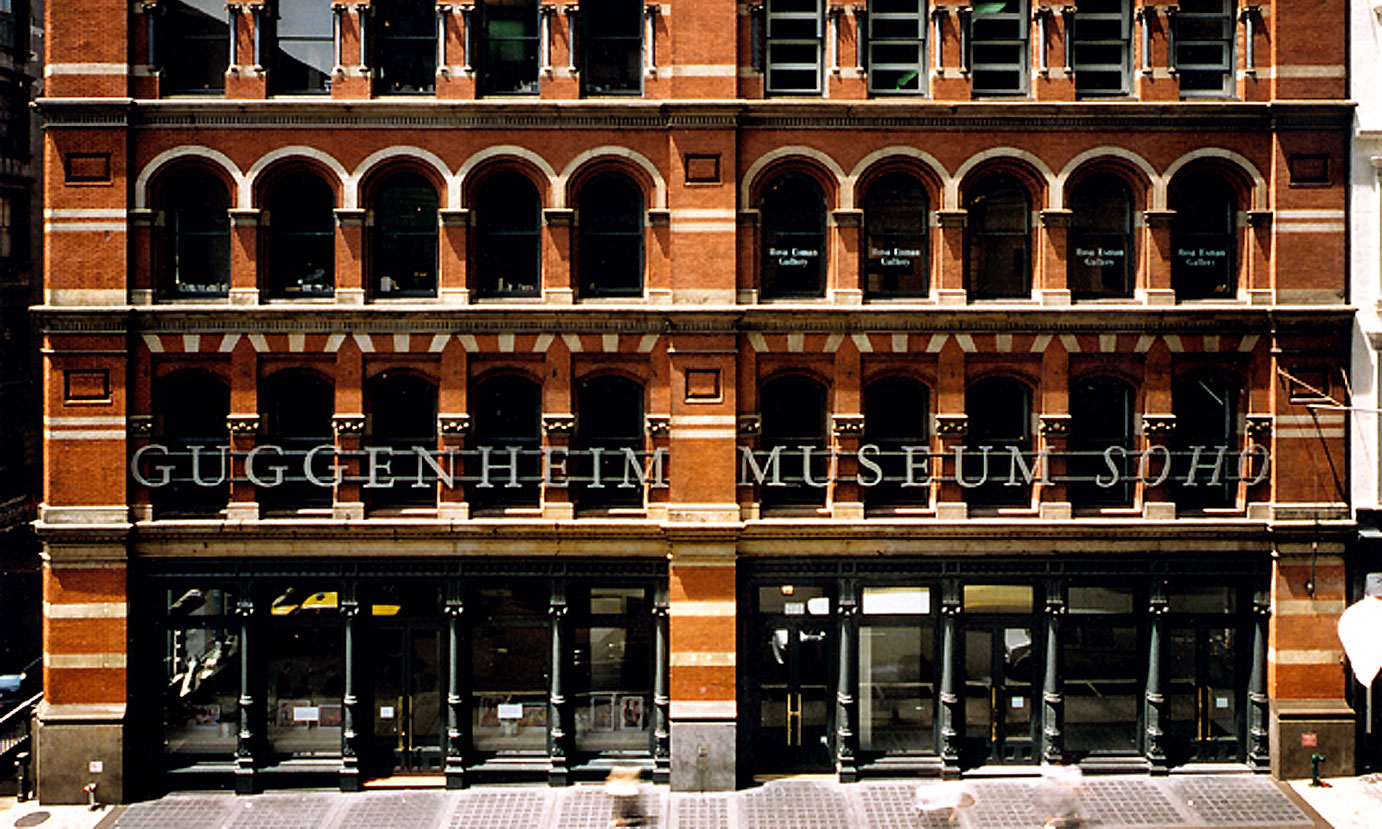
_____________
The Tooth Fairy Museum (Deerfield, IL)
The Tooth Fairy Museum was located in the split-level ranch home on 1129 Cherry Street in suburban Deerfield, Illinois. Created in 1993, the non-profit Tooth Fairy Museum was operated by Dr. Rosemary S. Wells, a former professor at the Northwestern University Dental School. She was considered be the world’s tooth fairy expert. The museum portion of her home contained more than 100 tooth fairy dolls, about 700 drawings by kids, books, pillows, paintings, sculptures and boxes designed to hold baby teeth.
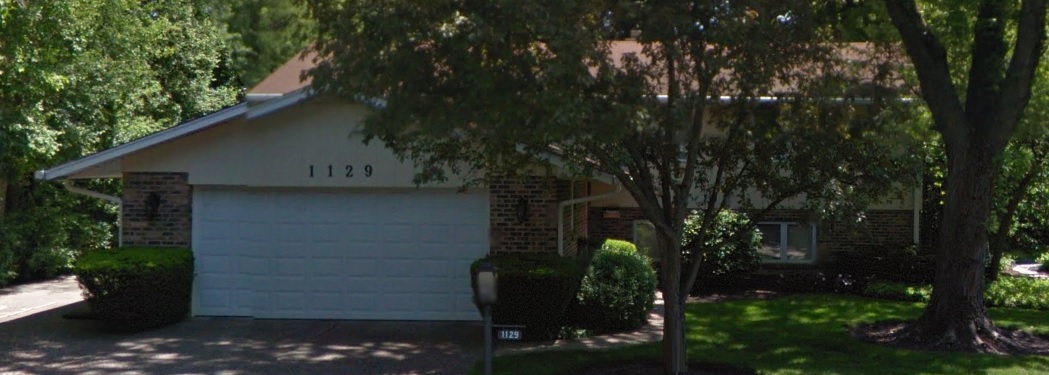
_______________
Camp David Museum (Thurmont, MD)
Jerry Freeze opened the Camp David Museum in the lobby area of his restaurant in 2005 to honor the ties between his business and famous country retreat for the POTUS. I say this with affection … it was like the world’s most ambitious junior high school project. Cozy was closed in 2014. The restaurant, cabins, and motel have since been razed and the former site is now a lot for the local car dealership.
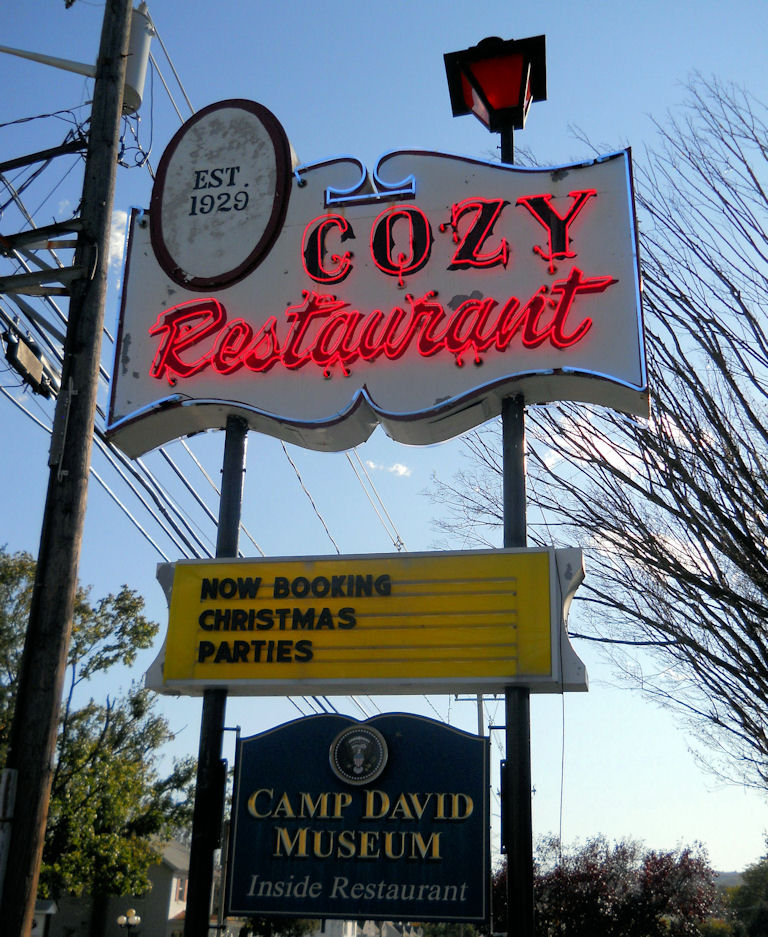
_____________
Oasis Bordello Museum (Wallace, Idaho)
Located in a quaint little mining town, the Oasis bordello actually operated up until 1988, meaning the artifacts in this downtown building (and its infinitely creepy basement) include old-timey dresses, gas lamps, antique guns, and, weirdly, some VHS tapes encased in glass. The museum tour included trips to the rooms, which included lists of johns’ names, which is… probably not really that great a look for mining magnates who were still alive at the time.
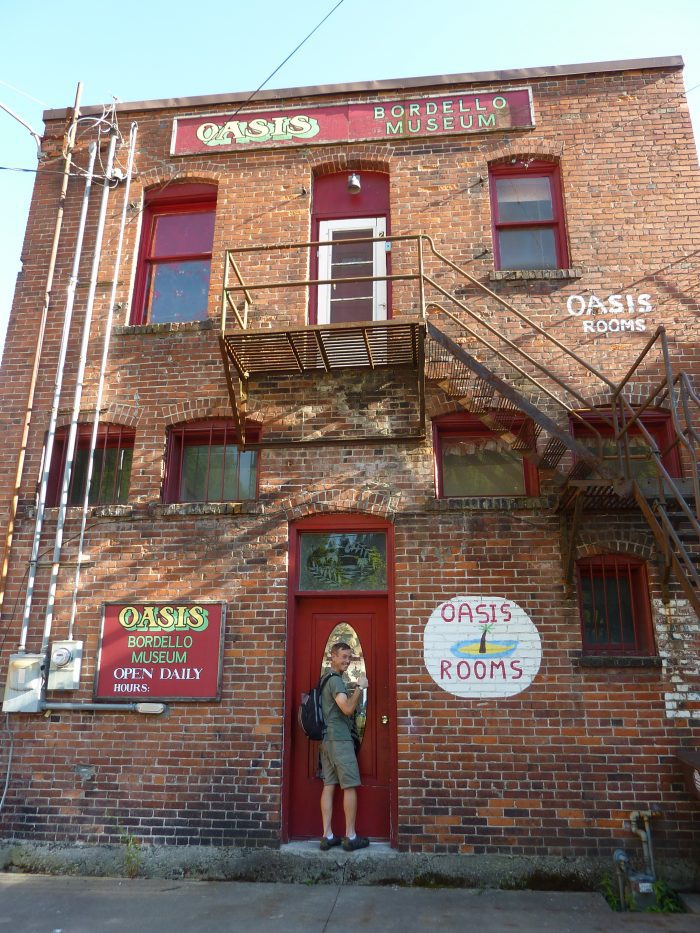
_____________
Museum of Holography (Chicago)
Chicago lost one of it’s most quirky institutions, the Museum of Holography, when owner Loren Billings fell prey to unscrupulous investors in 2009 and was forced to cede control of the space at 1134 West Washington Boulevard. Supporter Moshe Tamssot and the Monks of Invention, a group that supports new technology, has been trying to track down Billings, who can’t be found or contacted about the work.

______________
Haunted Monster Museum (Pigeon Forge, TN)
A mid-April blaze demolished the Victorian-era mansion that served as the Haunted Monster Museum as well as the centerpiece of a bizzaro place called Dinosaur World where dinos would gobble Union soldiers and where brave visitors could also hunt Bigfoot with a “redneck.”
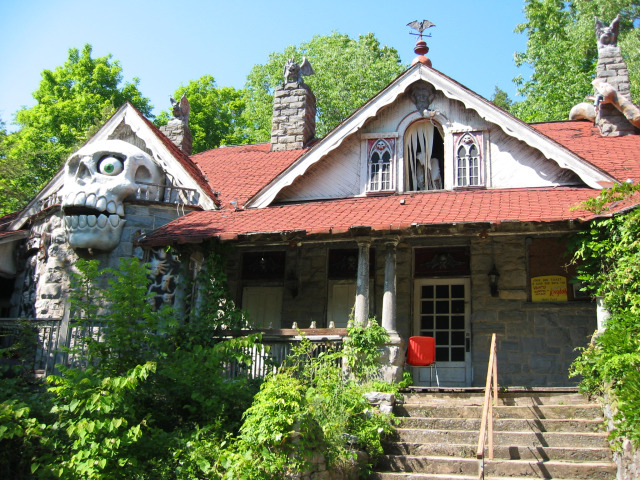
_______________
Hobby City Doll and Toy Museum (Anaheim, CA)
I remember coming to Hobby City back in the 80’s. It was thriving with tons of people going to the shops and the small amusement park there. Now, it is sadly empty with a few hobby shops offering stuff you can simply get online for fraction of the price. The amusement park looks really ghetto and probably not very safe. I think this place of probably 20 years past its time. So sad!
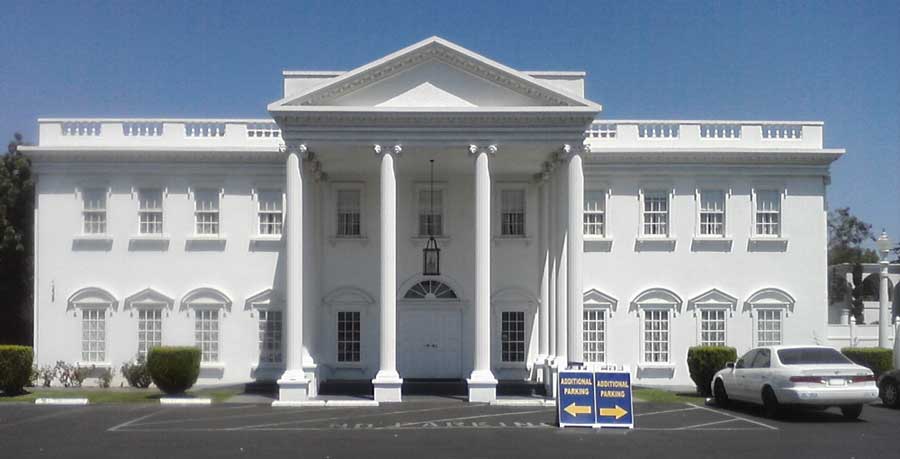
______________
$1,000,000 Museum of Musical Automation (St. Louis)

______________
Burt Reynolds Museum (Jupiter, FL)
The Burt Reynolds and Friends Museum, which also housed the Burt Reynolds Institute for Film and Theatre (BRIFT), was located in Jupiter, Florida,[1] the hometown of the actor Burt Reynolds (1936-2018). The museum displayed memorabilia from Reynolds’ movies, and was billed as “Florida’s largest celebrity museum”. It also offered filmmaking and acting classes, some taught by Reynolds himself. The museum opened in 2004, when Reynolds transferred memorabilia from his nearby home. In 2012 the museum was vacated. After it closed, there were proposals to build a new museum at nearby Burt Reynolds Park. But funds could not be raised.
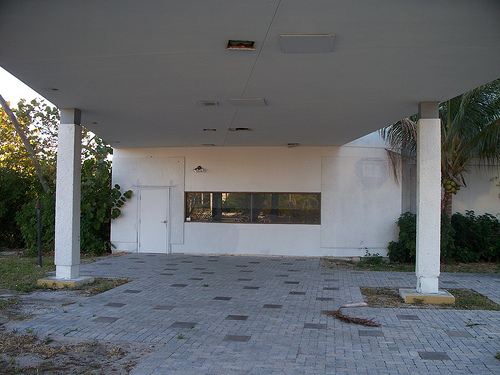
_______________
World’s Wonder View Tower (Genoa, CO)
The World’s Wonder View Tower was a tourist trap and roadside attraction located in Genoa, Colorado. The tower was built in the mid-1920s by C.W. Gregory (known as Colorado’s P.T. Barnum) and his partner Myrtle Le Bow. The promoters boasted that it is possible to see six states (Colorado, Kansas, Nebraska, Wyoming, New Mexico, and South Dakota) from the top of the tower. The Tower closed due to the death of the owner. The contents were publicly auctioned off on September 20th, 2014.

______________
National Museum of Patriotism (Atlanta)
The National Museum of Patriotism was a museum in Atlanta, Georgia, at its peak occupying a 10,000-square foot site on Spring Street in Midtown Atlanta. However it closed in 2010. It was located in Atlanta, Georgia, opening in premises at 1405 Spring Street on July 4, 2004, and in 2007 moving to a site at 275 Baker St, in the Centennial Olympic Park near the Georgia Aquarium and The World of Coca-Cola. In 2009, the museum inaugurated its Patriot Award: recipients included LaBelle and Gamble, Lee Greenwood, Cowboy Crush, The Bob Hope Foundation, and Access Hollywood.
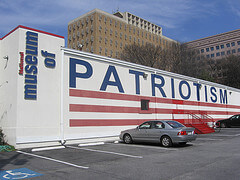
______________
Roller Coaster Museum (Fairview, TX)
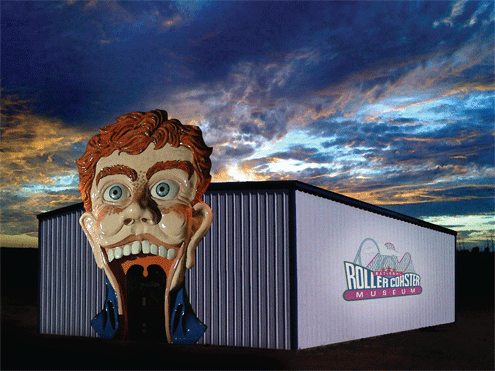
______________
The Honey Bee Museum and Observatory (Fresno, CA)
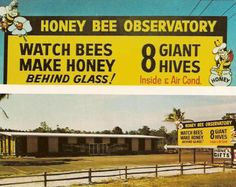
______________
Mammoth Cave Wax Museum (Cave City, FL)
“The museum has a dated, dusty feel to it, as you can tell when you walk into the front lobby/gift shop. We talked to the elderly couple who owns the museum, and they bought it 4 years ago, although it’s been around since the ’70s. They were honestly some of the sweetest, most genuine people I’ve ever met and it warmed my heart just talking to them. Anyway, on to the review of the museum itself! Like I said, it’s been around since the ’70s and hasn’t changed much since then, as the most recent wax figure is of a *young* Dolly Parton. We started by walking into a low-lit hallway with wax statues displayed in tableaux behind glass, which are completely dark. Suddenly, the scene lights up and an informative recording starts playing giving you a bit of history on the people. Once the recording stops (only about 2 minutes long), you can move on to the next scene. A wide variety of people from American history are represented, with two inexplicable Jesus wax figures that don’t quite fit into the theme of the museum. Nonetheless, the figures are done very well and are so life-like, I honestly thought they were going to come to life at some points! If you’re in the area, I highly suggest stopping to check it out (it’s only $8)!”
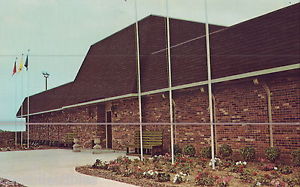
______________
The Hitchcock Museum (Barkhamsted, CT)
“Upon entering the Museum, Ray Waldner, the owner, went around the building turning on the lights. As the lights came on, my mouth hung further and further open. I could not believe what I was seeing. Ray has a collection of about everything old from his days of growing up in this area of the plains of South Dakota. There are more old things in this museum, neatly displayed, than anyone can imagine. And Ray himself is a treasure trove of information about the area, having lived there all of his life. There is a donation jar available but I doubt it does much more than pay the light bill.”
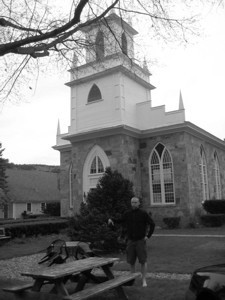
_____________
The Peace Museum (Chicago)
The Peace Museum was a museum located in Chicago, Illinois, that was founded in 1981 by muralist Mark Rogovin and Marjorie Craig Benton, a former US UNICEF representative. In 1982, The Peace Museum hosted Give Peace A Chance, a major exhibition about music and peace, featuring John Lennon’s guitar inscribed with two drawings of John and Yoko Ono in Lennon’s hand. Ono wrote the dedication to the book for the exhibition, published by Chicago Review Press. Also featured in the show were U2, Bob Marley, Holly Near, Joan Baez, Stevie Wonder, Country Joe McDonald, Harry Chapin, Pete Seeger and Graham Nash, among others. The museum opened its doors in 1981 with an exhibition called “The Unforgettable Fire” which featured drawings from survivors of Hiroshima and Nagasaki atomic bombings. The exhibit drew the attention of U2, who held benefits for the museum and named their next album after the exhibition. The Peace Museum closed sometime around 2007.
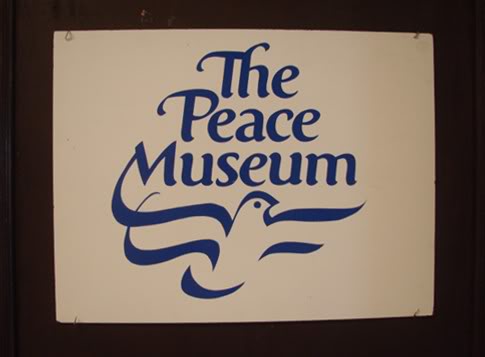
______________
America’s Black Holocaust Museum (Milwaukee, WI)
America’s Black Holocaust Museum (ABHM), located in Milwaukee, Wisconsin, is a memorial museum dedicated to the history of the Black Holocaust in America. It was founded in 1988 by James Cameron, the United States’ only known living survivor of a lynching. The Griot Building was named for Dr. Cameron; “griot” is a West African term for an oral historian and news-bringer. Dr. Cameron died in 2006. In 2008, the museum’s board of directors announced that the museum would close because of reduced funding during the 2008 Great Recession.
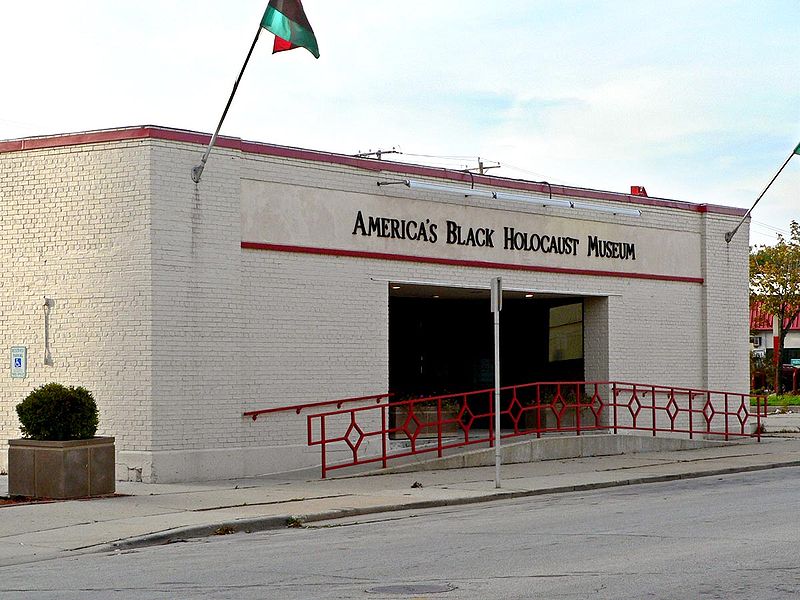
_____________
The Las Vegas Art Museum
The Las Vegas Art Museum (LVAM) closed in 2009. It was formerly located in a building shared with the Sahara West Library branch of the Las Vegas-Clark County Library District in Las Vegas, NV. The Las Vegas Art Museum was “dedicated to engaging visitors in the international culture of contemporary art.” The museum provided the public with publications, lectures, educational and outreach programs. It also developed a significant permanent collection of contemporary art. LVAM was the first fine-arts museum in southern Nevada.

______________
The Teddy Bear Museum of Naples (Naples, FL)
The Teddy Bear Museum of Naples began with a Christmas present: a stuffed M&M’S teddy bear given to Frances Pew Hayes by one of her grandchildren in 1984. Hayes liked the M&M’S Bear so much she began to collect more bears and bearaphernilia. Thus, on December 19, 1990, with 1,500 bears from “Frannie” Hayes’s collection, The Teddy Bear Museum of Naples (at that time known as “Frannie’s Teddy Bear Museum”) opened its doors. For a while the museum, which was located at the corner of Pine Ridge and Airport Roads in Naples, attracted a claimed 50,000 visitors a year, and the collection of teddy bears multiplied. Hayes died on May 15th, 2004, at the age of 85. As happens with many museums founded in the passion of a single collector, the Teddy Bear Museum of Naples did not long survive its benefactor; it closed in 2005 and the collection was sold off.
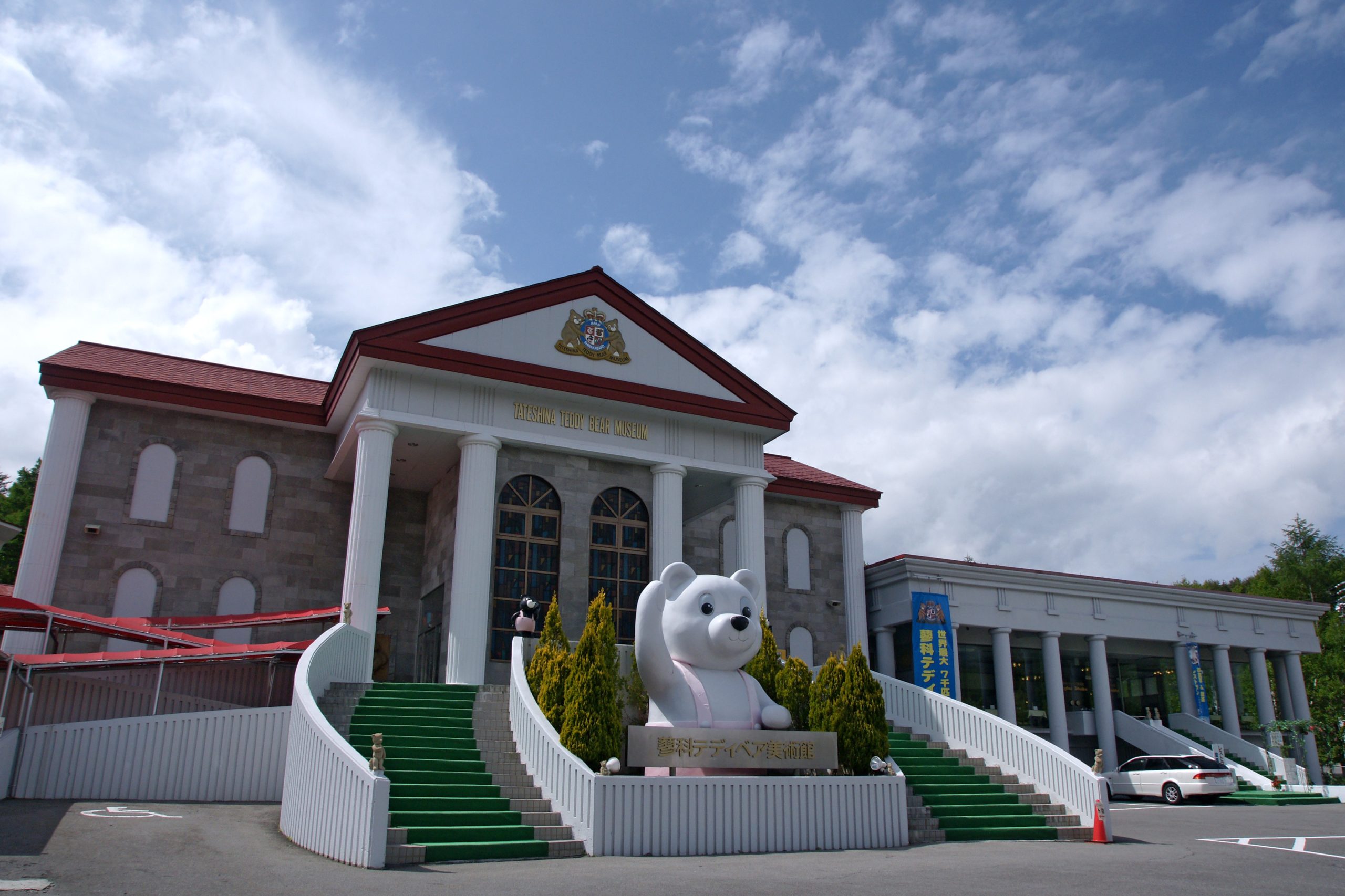
______________
The Museum of Funeral Customs (Springfield, IL)
The Museum of Funeral Customs was located at 1440 Monument Ave. in Springfield, Illinois, USA. It featured exhibits dealing with American funerary and mourning customs. The museum was near Oak Ridge Cemetery, the site of Abraham Lincoln’s tomb. Collections at the museum included a re-created 1920s embalming room, coffins and funeral paraphernalia from various cultures and times, examples of post-mortem photography, and a scale model of Lincoln’s funeral train. The museum hosted tours and special events and provided resources to scholars who are researching funeral customs. A gift shop provided books and funeral-related gifts, including coffin-shaped keychains and chocolates. The museum was closed in March 2009 due to poor attendance and handling of the museum’s trust fund.
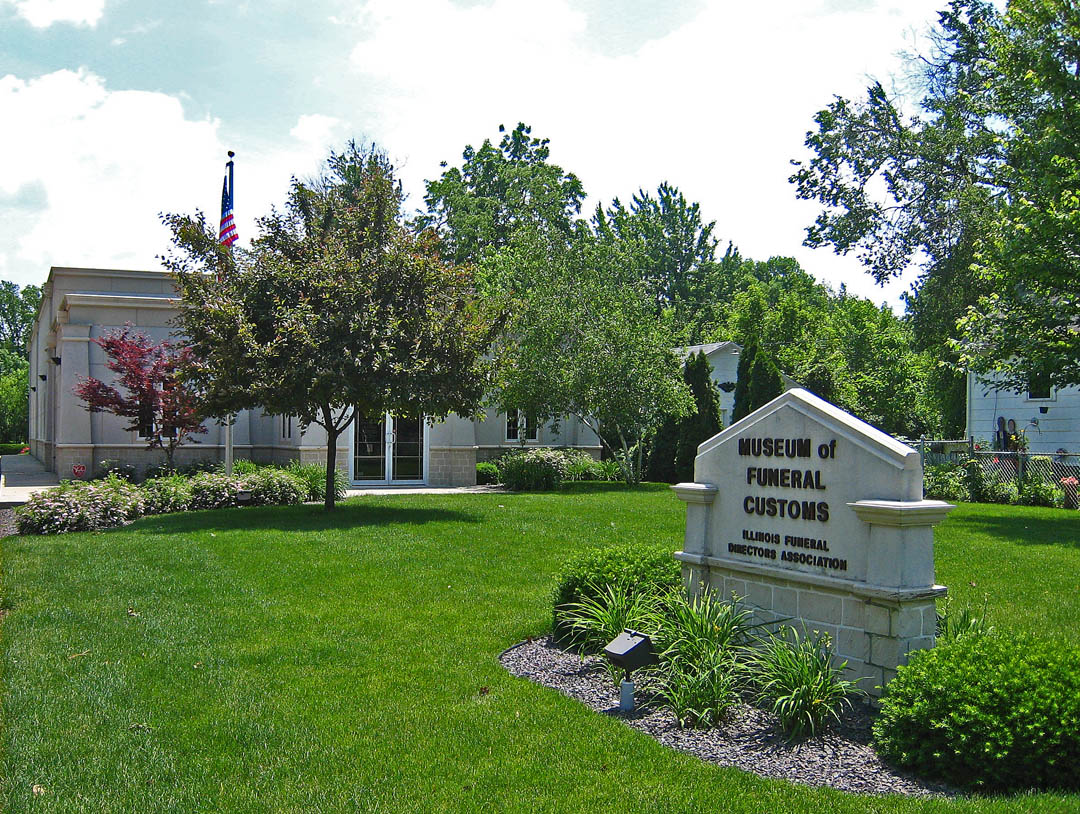
______________
The Bruce Weiner Microcar Museum (Madison, GA)
In 1991, Bruce Weiner didn’t know what a microcar was. He’d never heard of the diminutive fuel-sipping cars that were popular in post-war Europe and didn’t realize the importance of many a microcar in kickstarting European industry. All he knew is that he liked the 1955 Messerschmitt KR200 he spotted in an issue of Hemmings Motor News enough to buy it. Now, more than 200 microcars later, Bruce has decided to disperse his collection of microcars, considered the world’s largest. “I’ve decided that the Microcar Museum has been open long enough,” Bruce said. “My interests have moved to a different place. I’m an empty nester now, and my children don’t have the same interest in microcars.”

_______________
Indian City USA (Anadarko, OK)
The Indian City USA Cultural Center, formerly known as Indian City USA, was an outdoor museum in Anadarko, Oklahoma. The center included reconstructions of Native Americans in the United States houses and way of life in the United States. The Department of Anthropology from the University of Oklahoma supervised the construction of the housing units. Reconstructed dwellings represent many of the tribes from the Southwest and Southern Plains, including Caddo, Southern Cheyenne, Wichita, Pawnee, Navajo, and Apache.
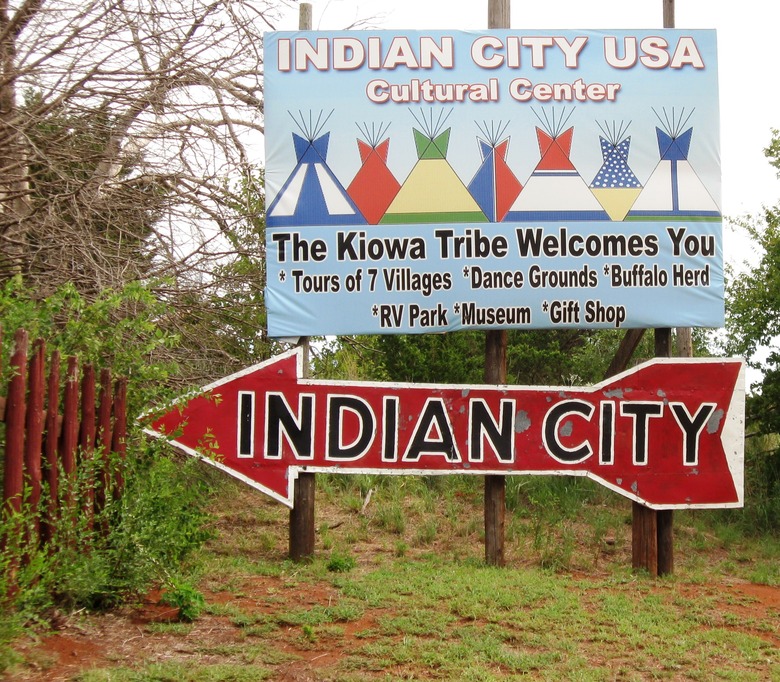
___________
The Denver Wax Museum
Good news for all those people hankering for unrealistic facsimiles of dead people: The Denver Wax Museum, which officially closed its doors circa 1981, lives on in an even stranger manner than the one displayed the grotesque operation’s original 919 Bannock Street location. Turns out that when the wax museum closed, the Forney Museum of Transportation purchased its figures — and when the Forney moved from its cramped digs on Platte Street, now home to REI’s flagship store, to its spacious new 140,000-square-foot facility at 4303 Brighton Boulevard, the museum decided to stick a bunch of its waxy acquisitions in its vehicles.
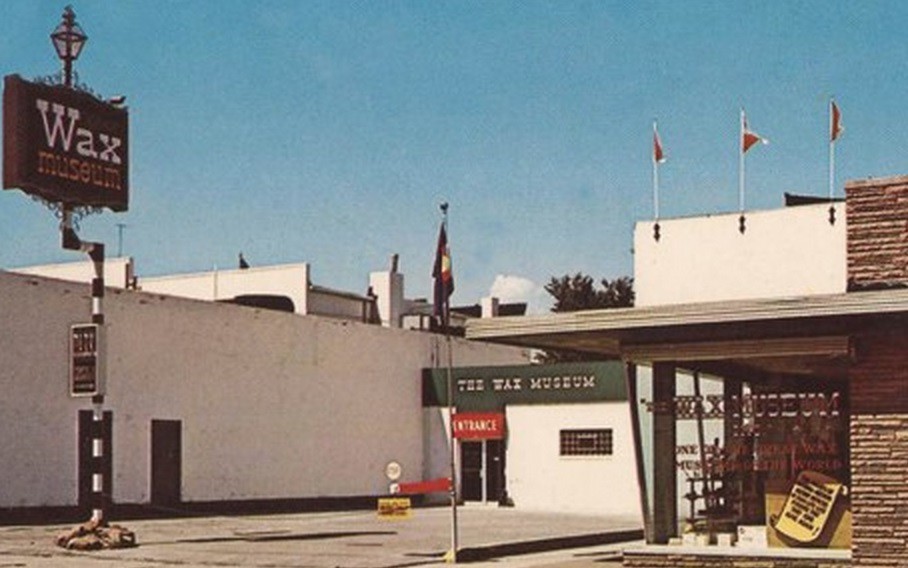
______________
Museum of Questionable Medical Devices (St. Paul, MN)
Dubbed “The Quackery Hall of Fame” by the Copley Wire Service, the museum was the world’s largest display of what the human mind has devised to cure itself without the benefit of either scientific method or common sense.

_____________
The Liberace Museum (Las Vegas)
Economic depression is the enemy of the fabulous. When the Dow plunges, the first things to be jettisoned are signs of ostentatious wealth: spangles, sequins, and bling-bling. Ridiculous gold-plated musical instruments and/or toilets are suddenly out of fashion. We shed no tears at the dearth of diamonds on household objects, nor did we rend our garments when P. Diddy had to fly on a regular plane instead of his private jet. But this, dear readers, strikes a blow to the tacky, glitter-loving, Bob Mackie-worshiper in us all: the Liberace Museum in Las Vegas announced today that it’s closing its doors on October 17 due to poor ticket sales.
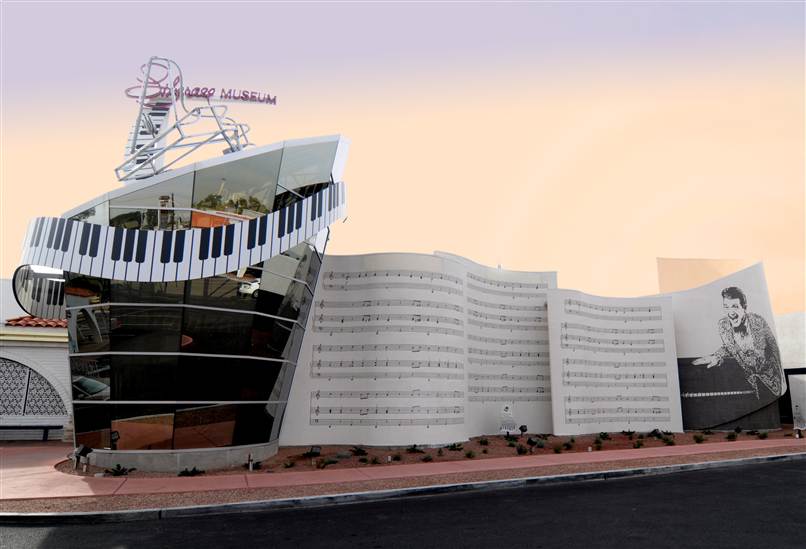
____________
Chelsea Art Museum (NYC)
The museum focused on 20th and 21st Century including artists who have been exposed more in their home countries than the United States. It was committed to an exploration of “art within a context,” offering a program of exhibitions inspired by current social, political, and cultural events. “Insight” was a series of small exhibitions and creative projects showcasing new talent by providing a forum for emerging artists. “The Project Room for New Media” was an incubator of new ideas, showcasing groundbreaking concepts in all art mediums and emphasizing the intersection of the arts through technology.
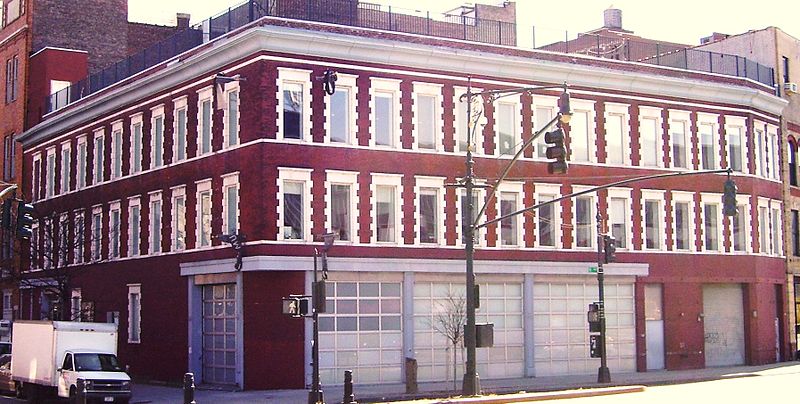
______________
The Hollywood Erotic Museum (Hollywood)
The Hollywood Erotic Museum was an adults-only museum located on Hollywood Boulevard in Hollywood, California specializing in sexual history in Hollywood. It closed down in mid-2006 due to lack of business. The museum featured many different items, including original etchings by Pablo Picasso as well as a legendary stag film dating back to 1948 that is allegedly of Marilyn Monroe having sex with an unnamed man. The video owned by the museum is the only known copy in existence. Also in their permanent collection, contemporary erotic art by such artists as Julian Murphy and Tom of Finland.
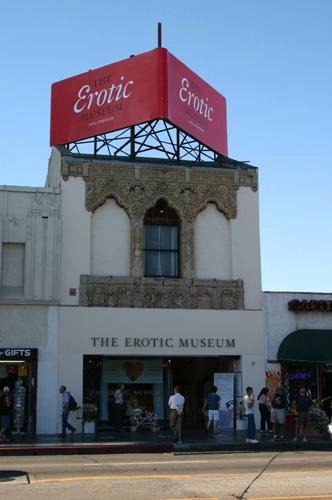
______________
Farm Implement Museum (Bloomfield, IN)
“I saw a sign off the highway and followed it to the Farm Museum. It was early in the morning so it was closed; it is only open by appointment anyway. It was started by W.T. Phillips in 1980 as a tribute to his father, an illiterate blacksmith on the island of St. Kitts in the British West Indies. It has a large number of implements on display. I got this information from an article written in 2003 and at that time W.T. was 77. NOTE: I spoke to a local and he said the museum is closed.”
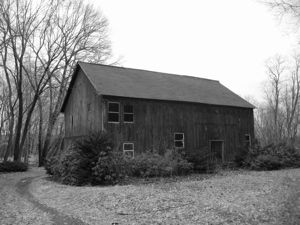
_______________
The March of Dimes Hall of Birth Defects (Miami)

______________
Gene Autry Oklahoma Museum (Gene Autry, OK)
“Everyone was so nice. Very knowledgeable. No fee to enter, donations gladly accepted. With our donation they were giving out a CD tribute to Gene Autry. ((Awesome music!!))
This is not just Gene Autry memorabilia, but lots of cowboy movie stars. My husband was in awe….I enjoyed his joy.”

____________
The Museum of Dirt (Boston)
“A museum in Boston, Massachusetts, collects another common substance, but not one you would want to eat. This place is called the Museum of Dirt. It has hundreds of small containers of soil, sand and other dirt. People have given the museum dirt from around the world. For example, the museum has dirt from Graceland, the home of Elvis Presley in Memphis, Tennessee. There is red sand from Nome, Alaska, containing gold. There is also dirt from Mount Fuji in Japan.”
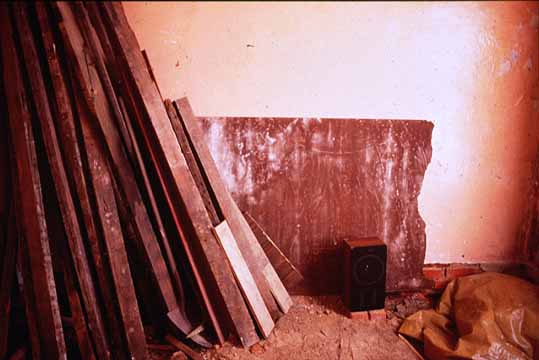
_____________
Jones’ Fantastic Museum (Seattle)
Jones’ Fantastic Museum was a family-oriented museum filled with a unique collection of weird and amazing inventions, strange sideshow attractions, old-time dime museum machines and antique exhibits, originally located in Snohomish County, and later in Seattle, Washington, United States, from 1963 to 1980. It was created by avid collector Walt a.k.a. Doc Jones. The museum included a collection of funhouse mirrors, mannequins sporting extra legs and arms, a “Death Ray” machine, Sally Rand’s dancing slippers, a long row of electronic switches that randomly activated a variety of automatons, a nine-foot-tall “mummified Viking” called Olaf the Giant, and a talking skull wearing a Hitler moustache that loudly spouted gibberish in German. Jones had sped up an actual recording of Hitler, giving his speech a cartoonish quality; the sign in front of the skull read “Hitler is Alive!” Doc Jones committed suicide in the early 1970s.
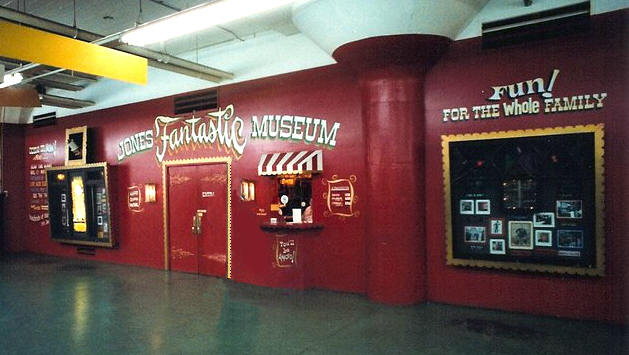
_____________
The Umbrella Cover Museum (Peaks Island, Maine)
Nancy Hoffman’s museum began when she realized that so many umbrella covers get tossed aside, but kept for no real reason. The museum was “dedicated to the appreciation of the mundane in everyday life. It is about finding wonder and beauty in the simplest of things, and about knowing that there is always a story behind the cover.” Before its 2018 closure, one took the ferry from Portland to Peaks Island to check it out.
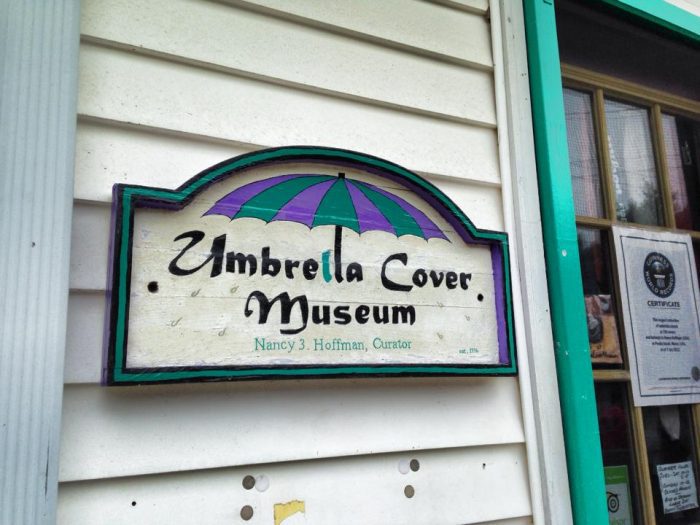
______________
The Drive-Thru Museum (Seale, AL)
The Drive-Thru Museum wasn’t the kind of place where you walked around and looked at all sorts of cool things. In fact, you didn’t even have to get out of your car at all. The once semi-popular roadside attraction, which was an offshoot of Butch Anthony’s taxidermy shop-turned-Museum of Wonder, was made from several stacked shipping containers with carefully cut windows that gave drivers a clear glimpse at Anthony’s assortment of treasures.
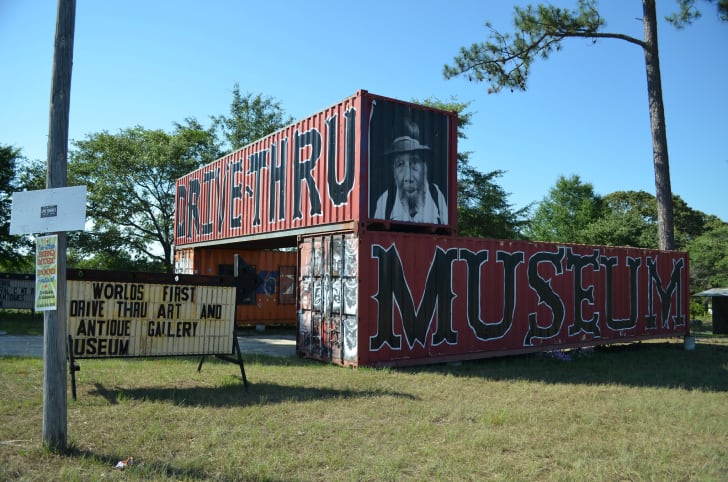
_____________
SciTrek (Atlanta, GA)
SciTrek housed more than 140 exhibits appealing to all age ranges. The interactive displays offered visitors the opportunity to explore and discover the marvels of the scientific world, with a special Kidscape section specially designed for the two to seven years age group. The “Mathematica: A World of Numbers… and Beyond” exhibit detailed the major achievements in the history of mathematics from the twelfth century as well as explaining mathematical formulae including Kepler’s laws of planetary motion and probability theory. Other exhibits focused on electricity generation in unusual ways, creating energy from magnetism, ‘freezing shadows’ or stepping inside a kaleidoscope. It was forced to close in August 2004 due to reduced federal and state funding, as well as poor fundraising results.
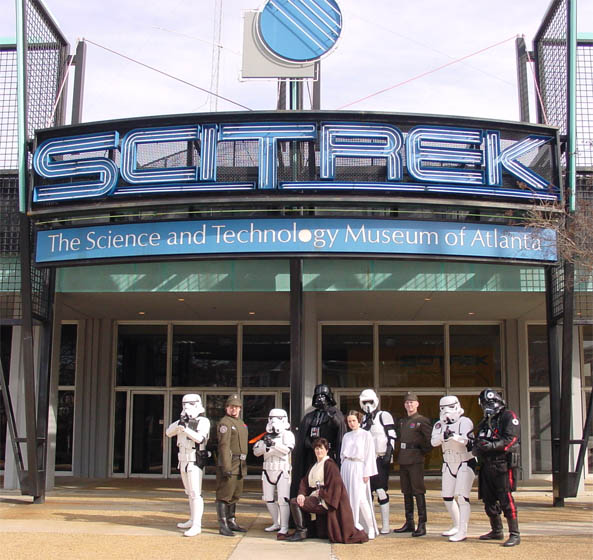
______________
The Conspiracy Museum (Dallas)
The Conspiracy Museum was a private exhibition of conspiracy theories in the West End Historic District of downtown Dallas, Texas (USA). R. B. Cutler, self-described as an “assassinologist”, opened the museum in 1995. The Conspiracy Museum was located across the street from the Kennedy Memorial in Dallas, Texas in the Katy Building. The museum was not limited in scope to the conspiracy theories surrounding the assassination of John F. Kennedy, but it also covered Robert F. Kennedy, Martin Luther King Jr., Abraham Lincoln, and Ted Kennedy’s Chappaquiddick incident. Cutler’s argument was that all these conspiracies can be tied together. The museum was often overlooked by visitors heading to the more well-known Sixth Floor Museum. The museum closed on December 30, 2006, having lost its lease. The building’s owners announced that a Quiznos sandwich shop would take its place.

______________
Words & Pictures Museum of Fine Sequential Art (Northampton, MASS)
The Words & Pictures Museum of Fine Sequential Art was an art museum in Northampton, Massachusetts devoted to exhibitions of narrative art, cartoons, comic books, and graphic novels. Open to the public from 1992 to 1999, the Museum’s collection at one point numbered 20,000 original works from hundreds of artists including Simon Bisley, Vaughn Bodē, Robert Crumb, Richard Corben, Frank Frazetta, Jaime Hernandez, Jack Kirby, George Pratt, Dave McKean, Frank Miller, Jon J Muth, Bill Sienkiewicz, and Gilbert Shelton.

________________
John Lennon Museum (Niagara Falls)
John Lennon Museum ended in 2010.
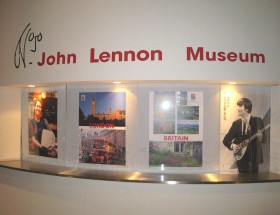
_______________
The Frank Chiarenza Museum of Glass (Meriden, CT)
“Astute readers know that the Frank Chiarenza Museum of Glass closed a few years ago. But I don’t care how astute you are – no way did you know that this place contained one of the premier collections of rare and unusual mould-blown and pressed glass in the country. Don’t lie. You don’t even know what the heck mould-blown glass is. Heck, you don’t even care.”
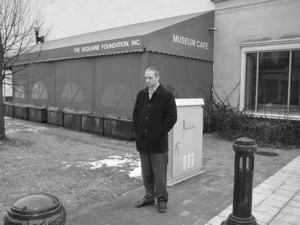
______________
Sparta Teapot Museum (Sparta, NC)
The museum drew mainly from the teapot collection of Gloria and Sonny Kamm. The Kamm Collection, comprising more than 6,000 teapots, is the largest teapot collection in the USA and arguably the world. In 2006, Congress controversially appropriated nearly $500,000 in federal funding for construction of a new building for the Teapot Museum, but the project was canceled before any of the money left federal hands.

_______________
Movieland Wax Museum (Buena Park, CA)
Movieland Wax Museum, with over 300 wax figures in 150 sets, was the largest wax museum in the United States. Located in Buena Park, California, it was for decades one of the most popular wax museums in the United States. Allen Parkinson founded the museum on May 4, 1962, but sold it to the Six Flags Corporation in 1970. It was located north of Knott’s Berry Farm on Beach Boulevard. On October 31, 2005, after forty-three years in business and 10 million visitors, Movieland went away.
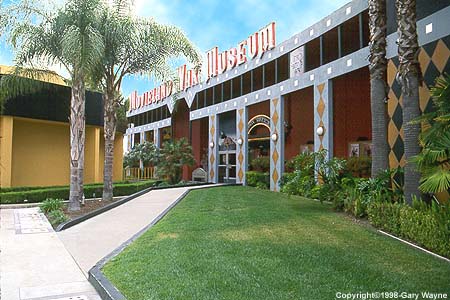
_____________
The Apron Museum (Iuka, Mississippi)
The secret behind America’s only museum devoted to aprons was its enthusiastic owner, Carolyn Terry. She started to build her collection from estate sales, and had amassed more than 3500 aprons, some dating back to the Civil War era; one woman in Denmark even donated her grandmother’s dowry aprons from 1922. There was no need to sift through placard upon placard to learn the unique, intimate details about each apron — until her death in early 2019 Terry answered any questions you might have, personalizing your museum experience based on your interests. “If you’re into art, we can look at how artists drew their aprons out. If you’re into history, we can get into the needleworks of a time period. If you’re creative, it’ll move you up a notch,” Terry told Mississippi Today.
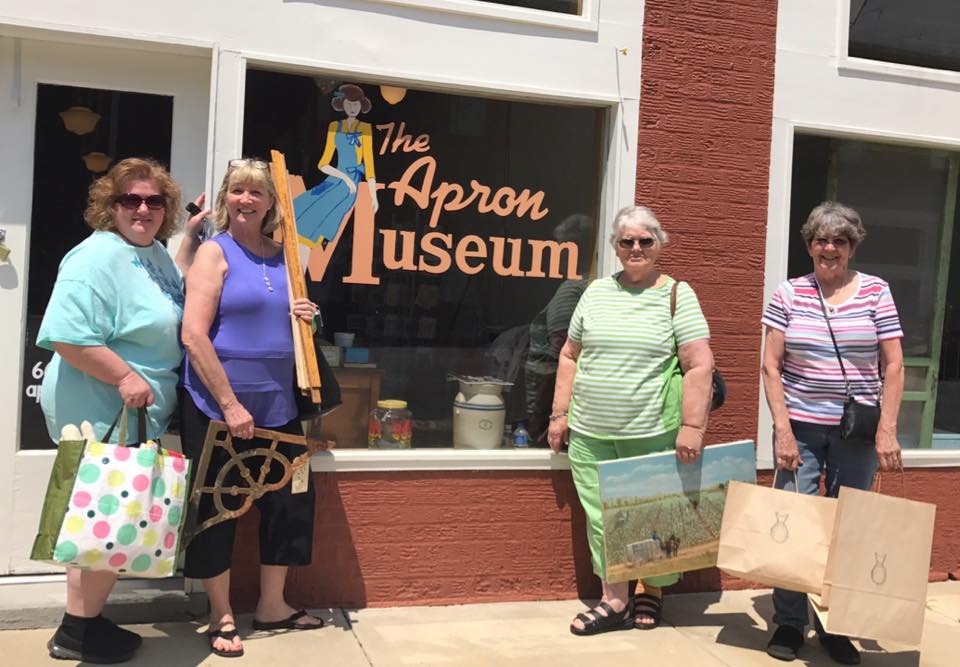
________________
The Winston Churchill Museum (Boise, ID)

______________
The Bead Museum (Glendale, AZ)
The Bead Museum was founded to establish a haven for a permanent collection of beads and adornments of all cultures, past and present, which would provide an enduring opportunity for the study and enjoyment of these magnificent examples of art and ingenuity. The museum was founded in 1984 by Gabrielle Liese and housed an international collection of over 100,000 beads and beaded artifacts. It closed in March 2011.
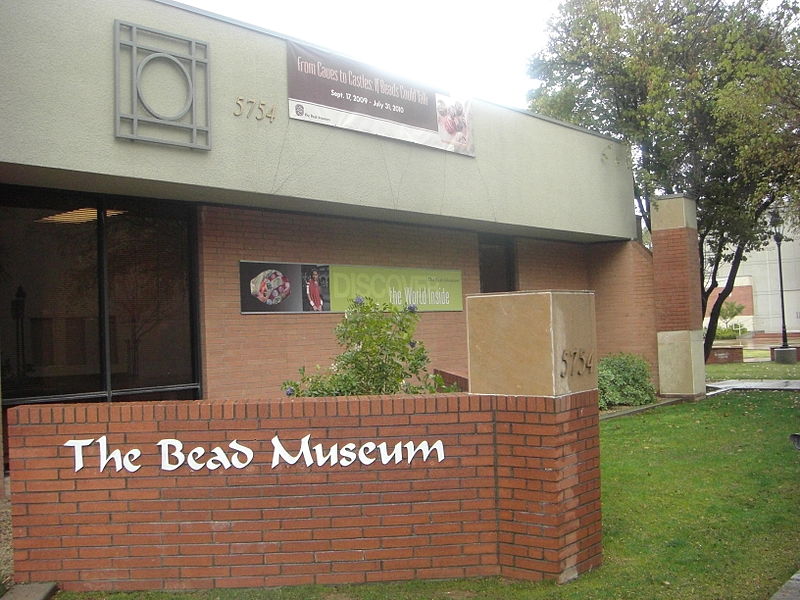
________________
The Winchester Center Kerosene Lamp Museum (Winchester, CT)
“This is the Winchester Center Kerosene Lamp museum. It is no longer open; the proprietor died a few years back.”
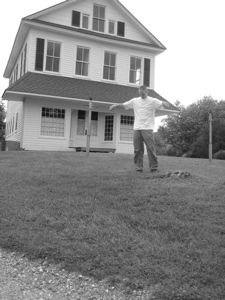
______________
Paul A. Johnson Pencil Sharpener Museum (Logan, OH)
Until its closure in 2018, you could stop by the Hocking Hills Regional Welcome Center and visit one of the more unique museums you would have seen, the Paul A. Johnson Pencil Sharpener Museum. Reverend Paul Johnson began his collection more than 20 years ago. This amazing collection of more than 3,400 pencil sharpeners was featured in national magazines and was reputed to be the largest collection in America.

_______________
American Dime Museum (Baltimore)
The American Dime Museum (ADM) was co-founded in Baltimore, Maryland, United States, by artist and antique dealer Richard Horne and James Taylor, writer and publisher of the sideshow journal Shocked and Amazed! Opening November 1, 1999, the museum recreated, in spirit, the dime museums which saw their heyday in the 19th and early 20th centuries in America. During its years of operation, the ADM or “the Dime,” as it was known to many, showcased an array of permanent attractions, many authentic and many “authentic fakes” or gaffs as they would be termed by show people. Such manufactured attractions were the forte of Horne, whose artworks in that vein included the Samoan Sea Wurm (a “mummified” sea serpent carcass showcased with a bite of fur from the shipboard cat it had supposedly eaten) and Lincoln’s Last Turd (a gaff of a gaff, actually, since it was displayed as a fake made not by Horne but by another who had tried to cash in on the craze for Lincoln memorabilia by faking the assassinated president’s last bowel movement). Between Horne’s gaff artworks, the tongue-in-cheek signs throughout the museum, the wild assortment of off-beat attractions, and the uproarious periodic live shows given off-site (since the museum had no space for performance), the museum garnered a vast amount of publicity including write ups in The New York Times, The Washington Post, The Japan Times, The Baltimore Sun and travel magazines, including National Geographic Traveler. The museum closed officially in late 2006.

________________
Roy Rogers and Dale Evans Museum (Apple Valley, CA)
According to his son, Roy Rogers, Jr., Rogers was so close with Trigger that when the beloved horse died, he hid it from his family for a year. He had said he couldn’t bear to have to Trigger buried in the ground and so had him stuffed and eventually put on display in the museum. The same was done with Dale’s horse, Buttermilk, and their dog, Bullet. Such an unusual and personal collection appealed to Roy Rogers’ fans, despite being controversial. So why did the museum close down? Well, the answer is simple: Roy Rogers had instructed his son to do so years before. It wasn’t that there was a certain date that he wanted the museum closed down. But he said to his kids: “If the museum starts costing you money, then liquidate everything and move on.” So after a couple of years of decreasing profit and fewer visitors each year, the decision was made to close up shop in 2009.

______________
The CRRA Garbage Museum (Stratford)
The Garbage Museum was a waste management themed museum in Stratford, Connecticut, United States. Constructed and opened in 1994, the recycling facility and museum was constructed for a cost of $5 million and funded through a group of 19 local municipalities, collectively known as the Southwest Connecticut Recycling Committee. The museum was operated by the Connecticut Resources Recovery Authority which focused on empowering visitors with knowledge about waste management and allowed visitors to watch the sorting process of recyclables. The most iconic exhibit was Trash-o-saurus, a dinosaur sculpture made of garbage. Funding for the museum dropped in 2009 due to expiring contracts, but remained open until 2011. The closure of the museum followed a failed fundraising campaign.

_______________
StenniSphere (Hancock County, MS)
StenniSphere, the museum and visitor center at NASA’s John C. Stennis Space Center, will close its doors to the public, beginning Feb. 15. Closure of the museum and visitor center comes as the INFINITY at NASA Stennis Space Center science and education project moves forward. Various exhibits from StenniSphere, resident agencies at Stennis and other NASA facilities are being moved into the INFINITY facility to prepare for an opening this spring. Details will be forthcoming.

______________
Little Norway, Wisconsin (Blue Mounds, WI)
Citing financial constraints, Scott Winter, the owner of the Little Norway Norwegian homestead-turned-tourist attraction has closed the facility. “In 1927 my Great Uncle, Isak Dahle, purchased an abandoned farm that had been settled by Norwegian Immigrants in the mid 1800’s. Over the years he renovated the original farm buildings, filled them with antiques from Norway and America and eventually opened what has since been known as Little Norway. For seventy five years, four generations of my family have had the good fortune to share this charming valley with travelers from around the world. And now, as times have changed, so too changes Little Norway. My mother said to me ‘Weren’t we fortunate all these years to have Little Norway in our lives? When you close that gate for the last time, you do so knowing that three generations have their hands on yours.'”
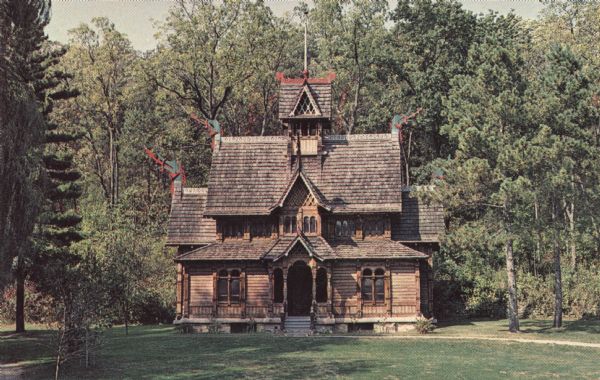
______________
National Philatelic Museum (Philadelphia)
The National Philatelic Museum, in Philadelphia, Pennsylvania, was a short-lived not-for-profit organization intended to create awareness of and offer courses on philately. The museum offered a variety of services, including presentation of exhibits in frames for public viewing and a philatelic library. The museum also hosted numerous philatelic exhibitions held by various philatelic societies. The National Philatelic Museum was unusual in that, in conjunction with nearby Temple University, it offered courses in philately through its Philatelic Institute.
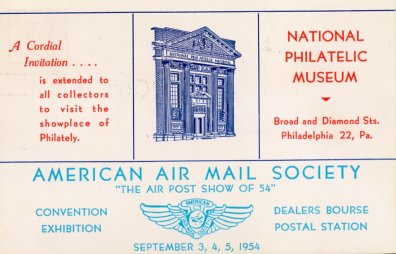
_______________
The Titanic Museum and Experience (Orlando)
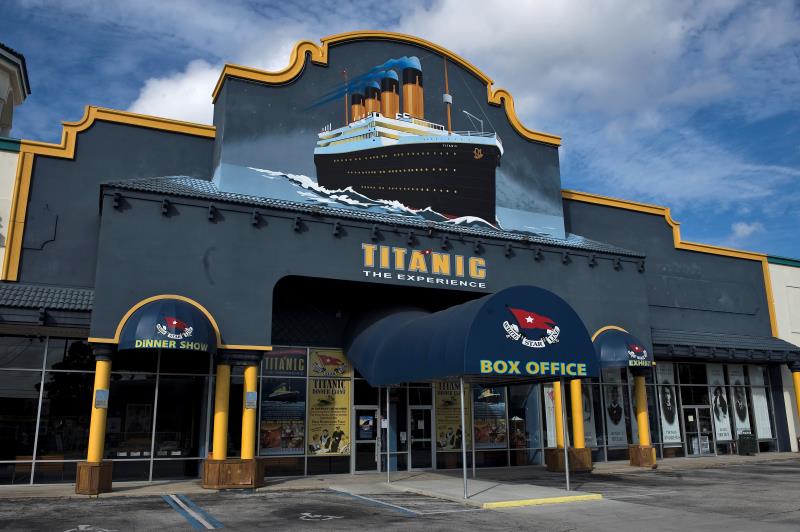
______________
Rosalie Whyel Museum of Doll Art (Bellevue, WA)
The Rosalie Whyel Museum of Doll Art was an art museum in Bellevue, Washington, USA. It featured a permanent collection of over 1,200 dolls. The museum was founded in 1992 and won a number of awards for its collection, including the Jumeau Trophy for best private doll museum in the world. In August 2011, the museum’s owner and namesake announced that the museum would close on March 1, 2012
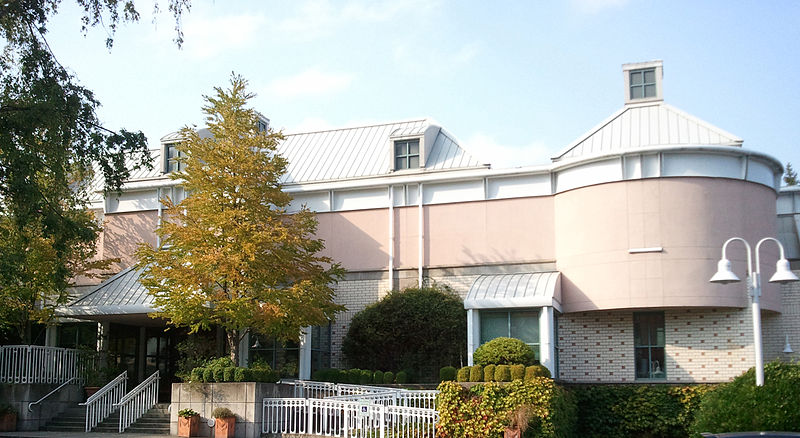
_____________
The Elvis-A-Rama Museum (Paradise, NV)
The Elvis-A-Rama Museum in Paradise, Nevada was a large private collection of Elvis memorabilia owned by Chris Davidson which featured an 85-foot-long (26 m) mural about Elvis’ life and career. The museum opened on November 5, 1999, and showcased more than $5,000,000 worth of Elvis’ vehicles, jumpsuits, guitars and other memorabilia. The museum was housed in an 8,200 sq ft (760 m2) building that contained the museum, 100 person showroom and extensive gift shop. All the showcases of Elvis’s belongings were enhanced with murals by renowned artist Robert Emerald Shappy. Over thirty paintings were created by Shappy for both the museums in Nevada. The artwork was valued by Davison at $250,000. A break-in occurred at the museum on March 17, 2004 with almost $300,000 worth of memorabilia stolen including Elvis’ jewelry and a .38 special handgun. The stolen items were recovered on November 3, 2005 with the assistance of Duke Adams, an Elvis impersonator who was approached by, Eliab Aguilar, who was subsequently arrested by Las Vegas Metro for the robbery. The museum was located at 3401 Industrial Road. Elvis Presley Enterprises, Inc acquired the assets and trademark to the museum and closed it on October 1, 2006 to make way for a world class Elvis attraction on the Las Vegas strip.
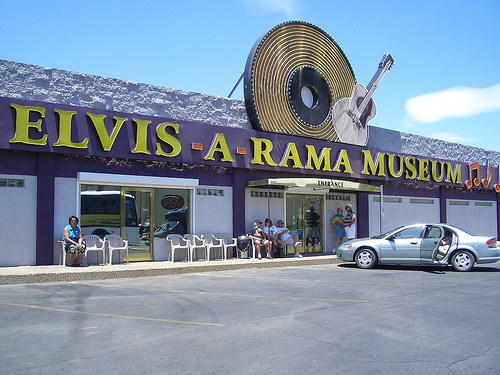
_______________
Gettysburg Cyclorama (Denver)
The cyclorama was cut up for use as tents by native Americans on a Shoshone Indian Reservation after the turn of the century.
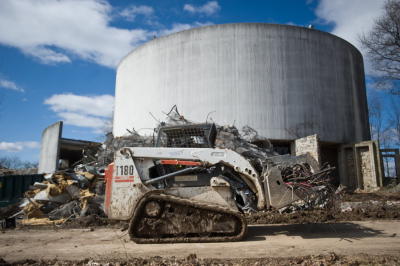
_______________
American Advertising Museum (Portland)
The American Advertising Museum was a museum in downtown Portland, Oregon, United States. Founded in 1986, the museum displayed advertising from the 18th century to the present day. The museum featured both permanent and traveling exhibits on advertising campaigns, industry icons, and advertising in general. There was also a library and gift shop before it closed by the end of 2004.

_______________
The Museum of Cartoon Art (Greenwich, CT)
The first institution dedicated to the collection, preservation, and exhibition of cartoon art, the Museum of Cartoon Art was opened in Greenwich in August 1974. Founded by cartoonist and longtime Greenwich resident Mort Walker, it moved to Port Chester/Rye Brook, NY, in 1977, reopened in Boca Raton, FL, in 1996, and closed permanently in 2008.
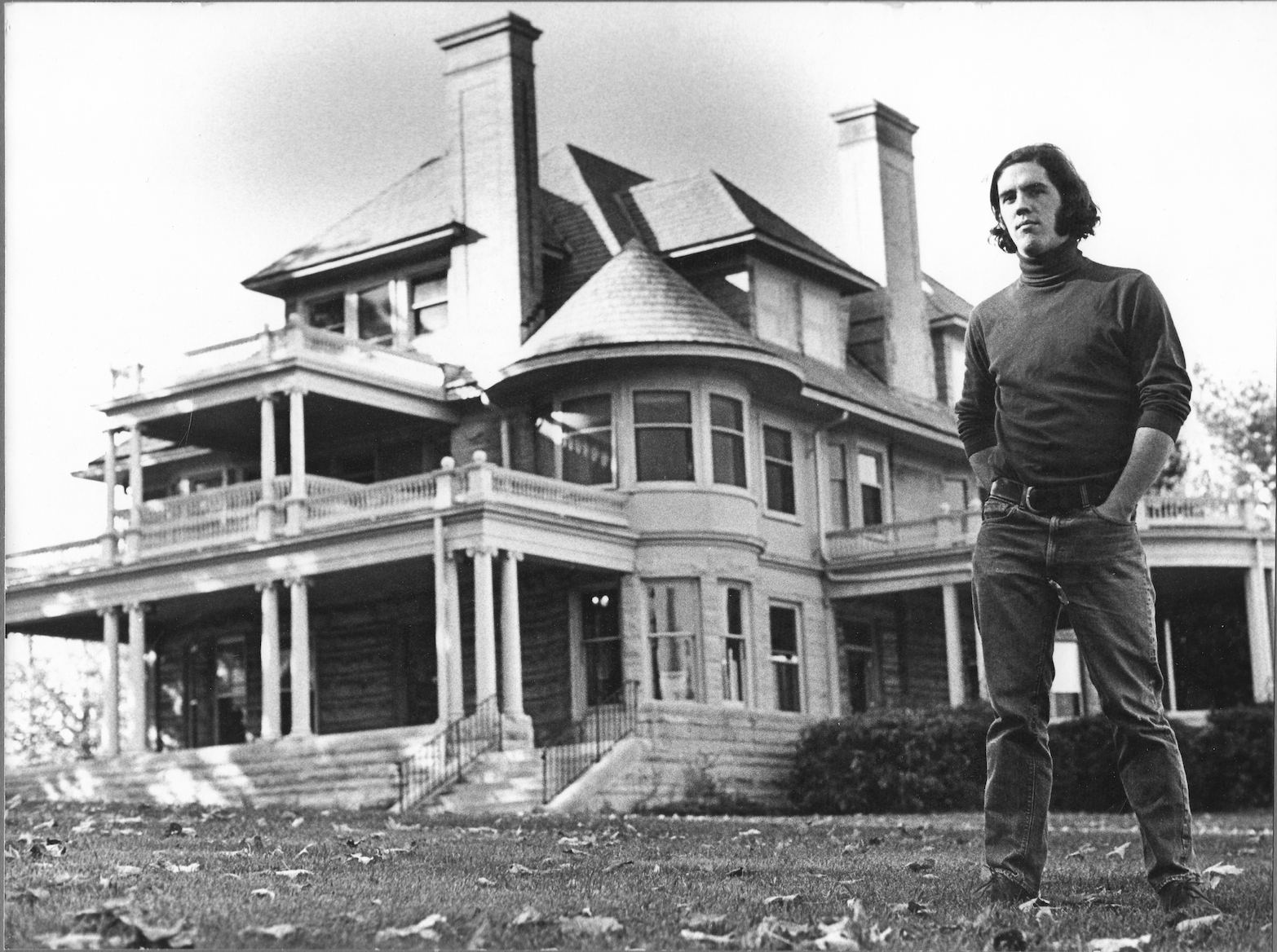
_______________
Debbie Reynolds Museum and Resort (Las Vegas)
Clarion Hotel and Casino, formerly known as Debbie Reynolds’ Hollywood Hotel and Greek Isles Hotel & Casino, was near the Las Vegas Strip in Paradise, Nevada. The hotel originally opened in 1970 as a Royal Inn, and also operated under the names Royal Americana Hotel and The Paddlewheel Hotel Casino before being purchased by Debbie Reynolds in 1992. After Reynolds sold the property in 1999, it was briefly owned by the World Wrestling Federation, and was then sold and remodeled as the Greek Isles. It was a 202-room hotel and a 7,000 sq ft (650 m2) casino on 6 acres (2.4 ha) of land. The hotel closed on September 2, 2014, after Labor Day weekend. The Clarion Hotel and Casino was demolished by implosion shortly before 3 a.m. on February 10, 2015.
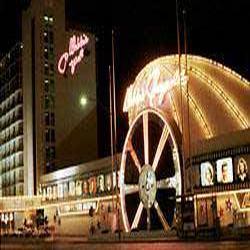
_______________
The Unknown Museum (Mill Valley, CA)
The Unknown Museum was curated by Mickey McGowan in a nondescript Mill Valley ranch-style house, from 1974 to 1989. For a small donation, you could marvel at the abundance of pop-culture artifacts set in glorious tableau throughout the house. McGowan had a great eye and a highly sensitive hoarding instinct that made the museum a special place—a baby-boomer funhouse of delights. The entrance sign stated: This Is Your Life, and as you walked in, you realized it was true. Everything from your life seemed to be in front of you, sometimes in multiples of hundreds. And you could touch it and reminisce while laughing at the incredible amount of plastic that makes up our modern lives.

__________________
Peter Greenwood Glass Blowing Museum (Riverton, CT)
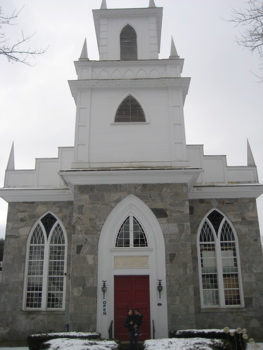
_______________
Million Dollar Museum (White City, NM)
Although now closed, the Million Dollar Museum (which “existed early in White’s City’s history”) was the site of numerous oddities, including child-mummies, and various human and animal curios. The Million Dollar Museum even has a story attached to it of nothing less than…a dead alien (which was clearly a child, by the way, and not an E.T.). The label on the “non-alien body” reads: “No one is sure exactly when the museum acquired this artifact, but it does not appear to be human.” Like the Roswell Slides, many of the displays at the Million Dollar Museum had small placards that were hand-written. Sounds familiar???

______________
The Stoogeum (Ambler, PA)
Containing close to 100,000 pieces of Stoogeabilia, the Stoogeum (rhymes with museum) offers fans a chance to view a vast array of artifacts which celebrate the legacy of this legendary comedy team. The 10,000 square-foot, 3-story building houses anything and everything Stooge. Artifacts from 1918 to the present are on exhibit, including several interactive displays. The Stoogeum also contains a research library, a 16MM film storage vault and an 85-seat theater used for film screenings, lectures and special presentations. NOTE: Although The Stoogeum has been closed to the public since 2016, it has been vowing to reopen ever since.

_______________
Planetarium Projector Museum (Big Bear Lake, CA)
The Planetarium Projector Museum housed the world’s largest collection of vintage planetarium projectors. The museum was the work of Owen Phairis, who had been fascinated by the projectors since he went to the Hayden Planetarium as a child.
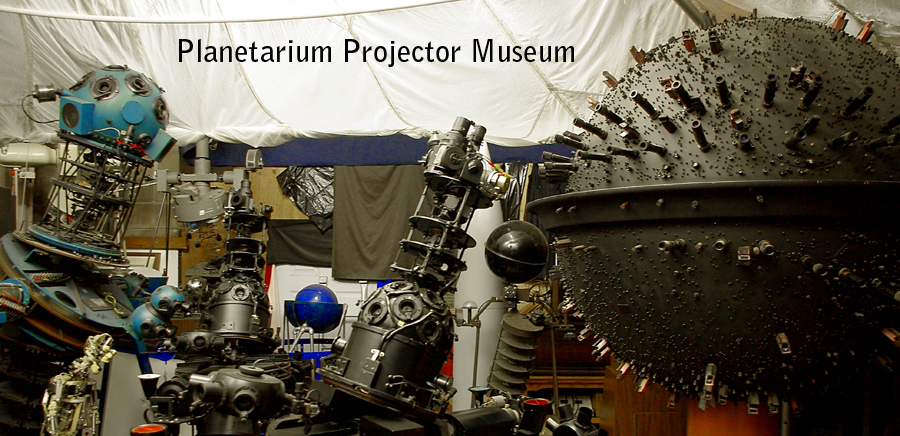
_________________
Madison Museum of Bathroom Tissue (Madison, WI)
The Madison Museum of Bathroom Tissue was established in 1992, and closed in 2000. The museum was founded by Carol Kolb in Madison, Wisconsin, in a second-floor apartment three blocks from the Wisconsin State Capitol. At its peak, the MMBT’s permanent collection contained approximately 3,000 rolls of toilet paper. The toilet paper’s origins ranged from the bathrooms of other museums, like the Metropolitan Museum of Art and the Guggenheim, to American tourist destinations like Wall Drug and Graceland. The museum also had European, African, Australian, Canadian, and Mexican toilet paper as well as a collection of toilet paper from bars and restaurants located in Madison. The Manufacturers Wing contained a collection of retail samples donated by toilet paper manufacturers, many with headquarters in Wisconsin’s Fox River Valley paper-producing area. The museum closed its doors in December 2000 when the remaining live-in staff vacated the address to move away from Madison.

______________
The International Checker Hall of Fame (Petal, MS)
The International Checker Hall of Fame, which operated from 1979 to 2007, was founded by Troy Førde and located in a Tudor style mansion in Petal, Mississippi; it housed a large collection of checkers memorabilia. The hall of fame, which had been home to a statue of checkers-great Marion Tinsley, a checkers library and museum, as well as the two largest checkerboards and host to a number of checker tournaments, was destroyed by fire on September 29, 2007.
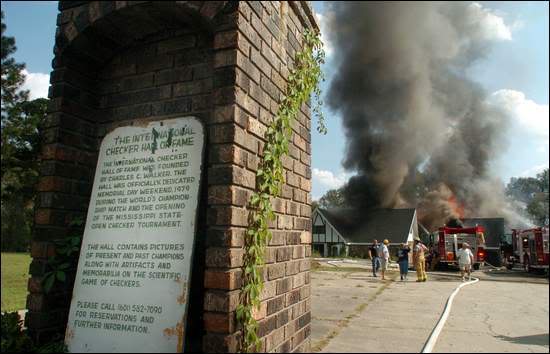
*
p.s. Hey. ** David Ehrenstein, Hi. I had no idea that you know Dorsky. Wow. Thank you for the behind the scenes information. Strange that his name’s Nathaniel and he goes by Nick. Anyway, thanks! ** Jon Jost, Hi. Thank you so much for coming in here. I’m a huge admirer of your work, as maybe you know, and it’s a great honor to have you here. And I’m very grateful for your beautiful words and story about Nathaniel Dorsky. I’m going to share them so people who didn’t enter the comments area can read them, if that’s okay. Everyone, The blog was honored yesterday by a visit from the great American filmmaker Jon Jost. He wrote very beautifully and interestingly about Nathaniel Dorsky, and I am sharing his comment at the bottom of the p.s. so you can read it, if you like. Thank you so very much again! ** Steve Erickson, I do remember you mentioning that screening now that you mention it again. I’m glad the interview well if loquaciously. I look forward to it, and to seeing the film. I doubt it’ll get a release here, but I’m positive it’ll be shown as Cunningham is revered in France. ** Misanthrope, Okay, you know best: arm. Back to NYC for the misanthropic trio. Cool. Specific plans and aims? I did see the ET rebirth commercial thing. It did have that film’s visual quality and the puppet helps explain that. Interesting. Thanks for sharing that, G. ** NLK, Hi! Thanks! They’re not easy to see, obviously. I’ve only seen two of his films, and only in a couple of thematic short film programs. Good luck on your end. ** Corey Heiferman, Hi. Really glad you liked it. Speaking of, I liked ‘Panes’ a lot. It was very serene and intrusive too in a weird way. Great combo. Kudos. Interesting question about script usage. I mean, and this obvious, one can make a film every which way and end up with something potentially great on the cinematic side. From the Hitchcock way to the most ‘in the moment’ way. I personally applaud your approach. Zac and I do set out a very refined and thought out script and visual approach before we start filming, but we revise the script continually while shooting if the mood or place or whatever else suggests a better or stranger approach in the moment. But we work with specific time frames and a set amount of budget, so we can’t daydream and reinvent too freely on set. If you have a crew and cast, if you have them at all, who are willing to play and take the time you think your film needs, the way of working that you’re suggesting is ideal, I think. ** Okay. Today you get defunct American museums to peruse and think about. See you tomorrow.
*
Jon Jost on Nathaniel Dorsky (from yesterday’s comments):
This is a lovely bouquet of images and thoughts about a dear friend. I was present in Rotterdam the year they had a retrospective of his work, 2011, and on arrival I noted the old De Lantern cinema, a rather hippie place, warm and a bit disheveled, which would have been the usual place for his screenings, had been closed and Nick’s films were scheduled instead for a new festival venue, a bit away from the central area, a new corporate kind of place about a half mile away. I went to look at the place, and thought, oh dear who is going to come out here to corporate-ville to see his films? The festival asked me, as a friend, to moderate his interview/discussion in another context, something he didn’t need at all and for the most part I just sat there.
At the first of five screenings much to my and his surprise, the 100 seat or so cinema was SRO. The technical quality of the projection was, we both thought, the best we had ever seen for 16mm. Just perfect. The audience was warm and good, and as usual Nick handled the between films discussion with a gentleness that is, well, him. The next nights were also sell-outs and the festival ended up scheduling a handful more of screenings. Nick was in heaven. I recall him sitting on the hallway outside the cinema, with a box of his slim little book Devotional Cinema, selling and signing copies, with a beatific smile across his face.
My usual way to see his films is in his little basement workspace in San Francisco, stringing up the projector and watching perhaps alone or with him.
Thanks for this beautiful tribute to Nathaniel. I hope soon an 18 frame digital mode will occur so his work can be more broadly seen.




 Now available in North America
Now available in North America 
This is me back in Leeds for the holidays, and it wouldn’t be Xmas without this kind of story: Huge fight breaks out at Winter Wonderland in Hyde Park!
Is the “Museum of Jurassic Technology” still in operation? Van Dyke Parks loved it I know.
The loss of the Liberace and Debbie Reynolds museums are especially sad as they’re central to Las Vegas history.
I went to the Liberace and Debbie Reynolds museums. Love them both. There is the pop aspect of Liberace, but his piano and costume installations were really wonderful. I mean Chopin’s piano in Las Vegas? How great is that! Debbie’s museum was very sad. I remember that we parked in her structure and there were no cars there, yet, there was a reserved spot for Debbie’s car. Beyond that, her collection of Hollywood clothing/costumes were amazing and very thorough. Both museums had kitsch appeal, but in actuality, there was gold in their collections. The Museum of Jurassic Technology is still with us, and very strong.
Hey Dennis, I remember fondly and sadly the Guggenheim Soho and the Museum of Holography. Some of the company here is a bit different, haha.
Packed weekends with a gig really leave me exhausted these days. After my little solo on Sunday, it was great to just stroll upstairs to see the (completely unrelated and independently organized) Eliane Radigue concert.
Caught a couple films at the indie horror film fest last week. This is worth catching, in case it shows up in some small Paris horror film thing:
https://www.imdb.com/title/tt10563420/
Bill
The Conspiracy Museum would probably do well now if it reopened.
I finally listened to the MP3 of the actor reading my full voice-over, and it came out to just over 7 minutes. I have several ideas for changes to the text based on how it sounds. It might be too late in the year to arrange to record this before Christmas, but we shall see.
You missed the Museum of Modern Mythology, which collected and displayed advertising artifacts. It was in San Francisco, and was fatally damaged by the Loma Prieta earthquake in 1989. https://www.berkeleyside.org/2021/08/11/ellen-havre-weis-obituary-museum-of-modern-mythology
Planetarium Projector Museum is still in operation –